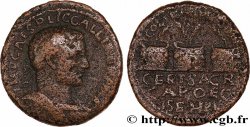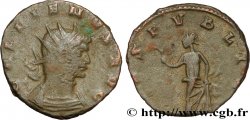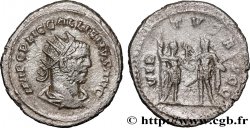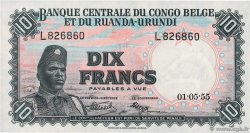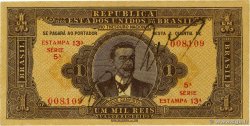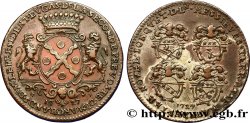brm_324681 - GALLIENUS Antoninien
Not available.
Item sold on our e-shop (2022)
Price : 150.00 €
Item sold on our e-shop (2022)
Price : 150.00 €
Type : Antoninien
Date: automne 253 - début 254
Date: 253-254
Mint name / Town : Roma
Metal : billon
Millesimal fineness : 250 ‰
Diameter : 21 mm
Orientation dies : 6 h.
Weight : 3,09 g.
Rarity : R3
Coments on the condition:
Très bel exemplaire avec un superbe portrait mais un important trêflage de la légende de revers. Patine grise
Catalogue references :
Obverse
Obverse legend : IMP C P LIC GALLIENVS AVG.
Obverse description : Buste radié et cuirassé de Gallien à droite, vu de trois quarts en avant (B).
Obverse translation : "Imperator Cæsar Publius Licinius Gallienus Augustus", (L’empereur césar Publius Licinius Gallien auguste).
Reverse
Reverse legend : CONCORDIA MILIT.
Reverse description : Concordia (la Concorde) debout à gauche, tenant une patère de la main droite et une corne d’abondance de la main gauche.
Reverse translation : “Concordia Militum”, (La Concorde des armées).
Commentary
Rubans de type 3. Type rarissime qu’il est ici difficile de lire au revers avec le trêflage. Cependant, la corne d’abondance simple et non doublée permet de rattacher la monnaie au MIR 17v.







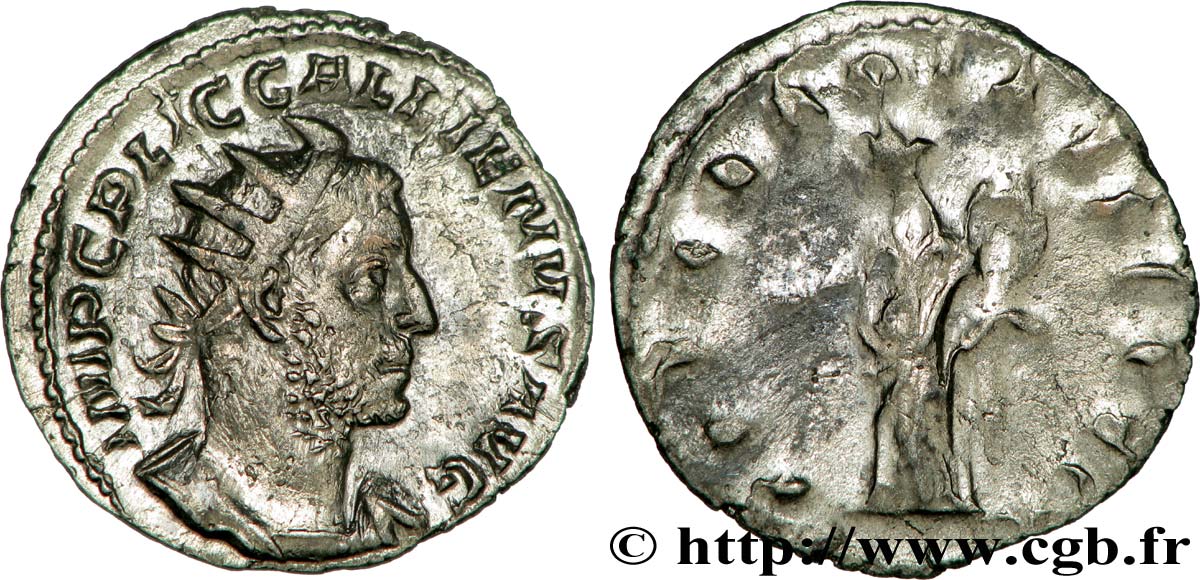
 Report a mistake
Report a mistake Print the page
Print the page Share my selection
Share my selection Ask a question
Ask a question Consign / sell
Consign / sell
 Full data
Full data
